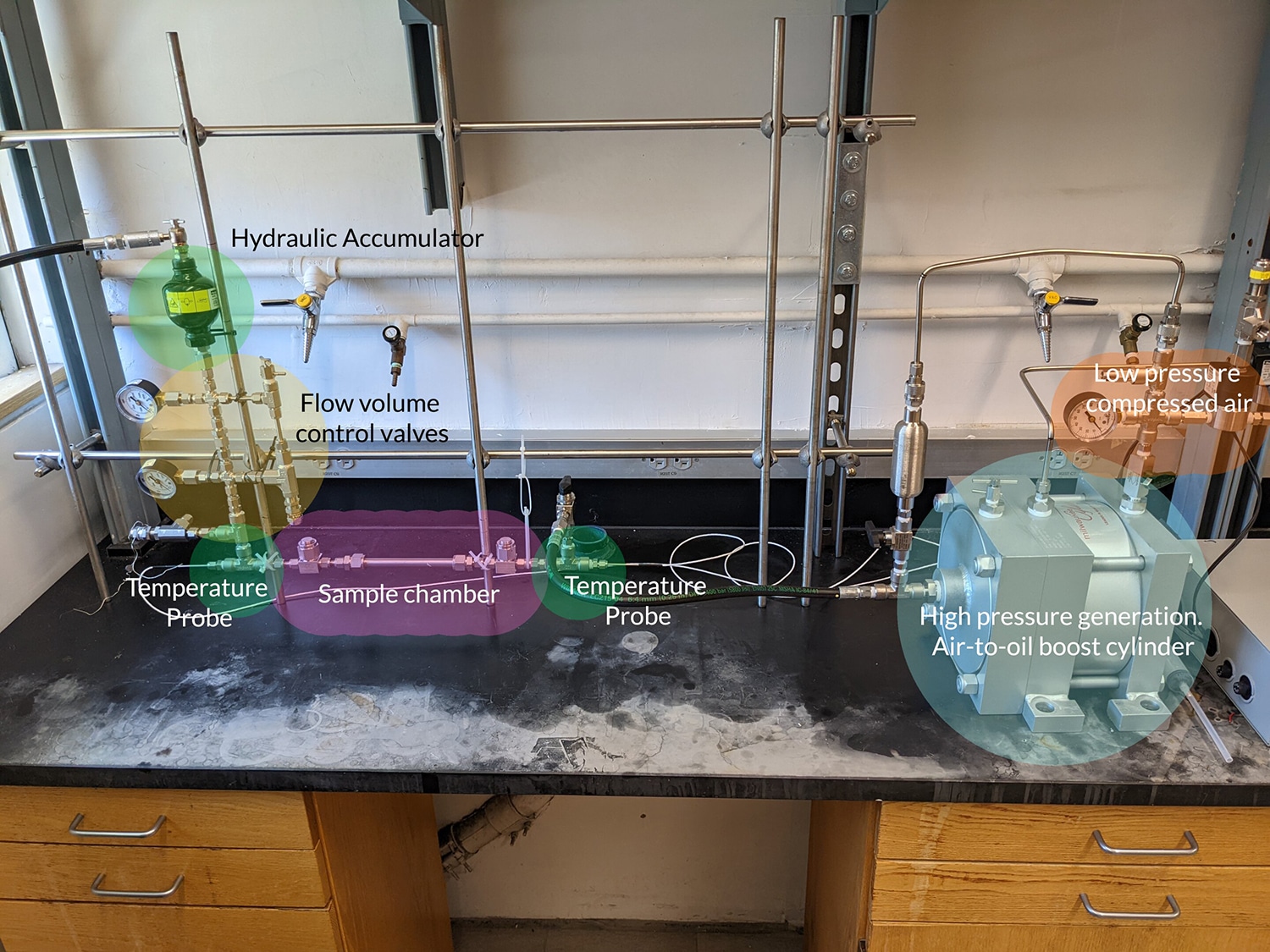
During summer, most people turn up their air conditioners to beat the heat. But the refrigerants used in these systems are thousands of times more potent than carbon dioxide and can accidentally leak out of systems when they are being handled or disposed of, contributing to global warming.
Now, researchers have developed a prototype cooling device that could someday replace existing “A/Cs.” The new device is much more environmentally friendly and uses solid refrigerants to efficiently cool a space.
Traditional cooling systems work by causing a refrigerant to cycle between being a gas or a liquid. Though this cycle is efficient, concerns about climate change and stricter regulations on hydrofluorocarbon refrigerants are spurring the search for more environmentally responsible ones.
Solid refrigerants could be an ideal solution that, unlike gases, won’t leak into the environment from A/C units. One class of solid refrigerants, called barocaloric materials, work similarly to traditional gas-liquid cooling systems. They use pressure changes to go through heat cycles, but in this case, the pressure drives a solid-to-solid phase change. Most of these barocaloric solid materials require massive pressures to drive heat cycles. To produce these pressures, the systems need expensive specialized equipment that’s not practical for real-world cooling applications.
Researchers recently reported barocaloric materials that can act as refrigerants at much lower pressures. They’ve now shown that the refrigerants, which are called metal-halide perovskites, can work in a cooling system they’ve built from scratch. “The materials we reported are able to cycle at about 3,000 psi, which are pressures that a typical hydraulics system can work at,” says Adam Slavney, Ph.D., who is presenting this work at the fall meeting of the American Chemical Society (ACS).
The team has now built a first-of-its-kind prototype that demonstrates the use of these new materials in a practical cooling system. The device has three main parts – one is a metal tube packed with the solid refrigerant and an inert liquid – water or oil. Another piece of the device is a hydraulic piston that applies pressure to the liquid. And finally, the liquid helps transfer that pressure to the refrigerant and helps carry heat through the system.
“Our system still doesn’t use pressures as low as those of commercial refrigeration systems, but we’re getting closer,” says Jarad Mason, Ph.D., the project’s principal investigator, who is at Harvard University. The team says this is the first working cooling system using a solid-state refrigerant that relies on pressure changes.
The team now plans to test a variety of barocaloric materials. “We’re really hoping to use this machine as a testbed to help us find even better materials,” says Slavney. With an optimal material, researchers believe solid-state refrigerants could become a viable replacement for current air conditioning and other cooling technologies.
New, more environmentally friendly air conditioner uses solid refrigerants
Source: Global Access News

No comments:
Post a Comment